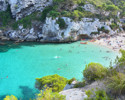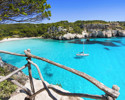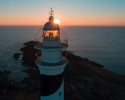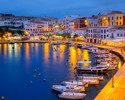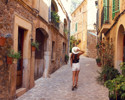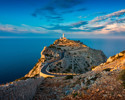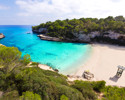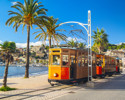This depends, to some extent, on what you want to do. The Mediterranean climate that the Balearic Islands enjoy means sunny summers and mild winters. Want to indulge yourself with a beach holiday? The hottest, sunniest, driest months are July and August. All three islands get an average of 10 or more hours of sunshine every day. And it will still be hot enough in the evenings to eat outside wearing T-shirts and shorts.
If you want sunshine and slightly cooler temperatures that are still hot enough for enjoyable swimming, then June and September could be best. An extra layer of clothing may be useful in the evenings. There are fewer tourists then, too.
Hikers and bikers may find that these months on either side of the peak season meet their needs, although they may prefer May and October when the average temperature is in the low 20s. There are likely to be a few more showers then, but most of the rain falls in the autumn and early winter months.
Majorca is considered, by some, to be an all-year round holiday destination.



















